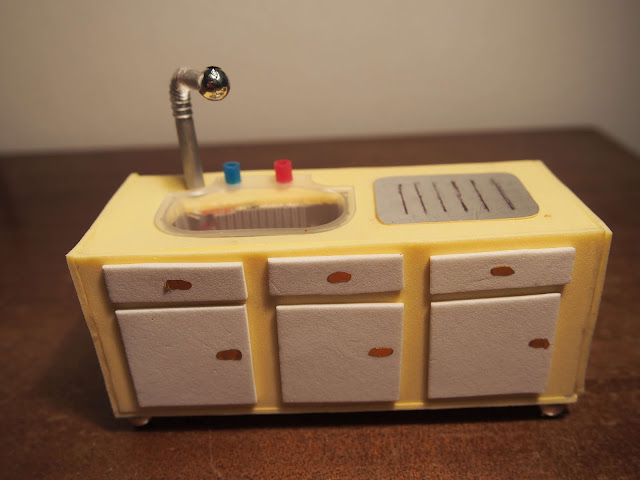‘Piment’ is dinner table staple in Gabon. It’s a fiery puree of minced chillies in oil, served as a condiment and usually smothered
over meat. Traditionally, out in the villages where there’s no electricity,
people store minced chillies in bottles of lemon juice which acts as a preservative,
or they use small amounts of peanut or palm oil, and then use it up within a
few days.
You can buy it in any market, but the best kinds are found
in people’s homes. Usually it’s made with red chillies and their seeds and is blisteringly
hot. A milder version uses green or yellow chillies with onion
and garlic. Some people use olive oil,
as I have here.
My version is generally considered rather woosey for your
average Gabonese, as it is made with green chillies, quite a lot of onion and garlic, and I’ve
removed the seeds. Keep the seeds in if you want to jack it up a notch, and
reduce the onion if you think you're hard enough. The advantage of this
recipe is it has lots of flavour that you can enjoy without fear of losing
several layers of mouth lining in the process.
This makes about 400mls. A word of advice- wear rubber
gloves if you want to avoid your hands feeling like they’ve been placed in
battery acid for 3 hours.
Ingredients
8-10 green chillies
1 onion
3 cloves garlic
1/2 cup olive oil.
Instructions
- Wash the chillies well and remove stalks and seeds.
- Peel and roughly chop the onion, and peel the garlic.
- Place all ingredients with some of the oil into a blender, and whizz for just a few seconds so everything is finely minced, but still has some solid form, i.e. not too pureed and pastey.
- The onion will have released quite a lot of liquid, so scrape all the mixture into a frying pan, add the rest of the oil and sauté for 5 mins on medium heat to gently cook the mixture until all the moisture has gone.
- Let cool and transfer to a clean jar. Stir in more oil if required.





































